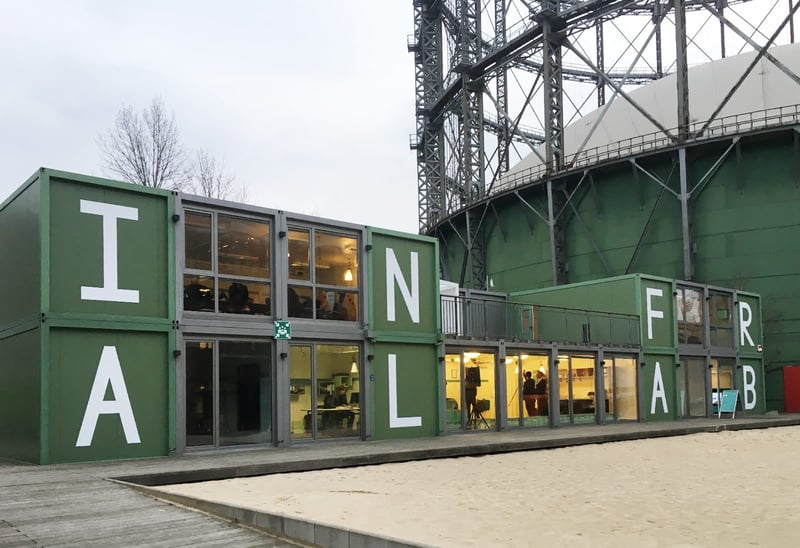Berlin Heat Network
Transforming the heat supply market needs to take place on a local level. Heat derived from energy-efficient cogeneration plays an important role in cities like Berlin.
At the end of 2009, Vattenfall and the city-state of Berlin came together on a wide-reaching climate protection agreement. The goal was to reduce Vattenfall’s CO2 emissions in the city centre by 50% by the end of 2020 when compared with levels in 1990. Vattenfall reached this goal in late 2017 – three years ahead of schedule.

Cooperative partnership: InfraLab Berlin
Together with six local infrastructure companies - BSR, BVG, BWB, GASAG, Veolia and Stromnetz Berlin - Vattenfall founded the co-working project InfraLab Berlin at the EUREF campus in Berlin-Schöneberg. Here, companies want to collaborate with creative minds and start-ups to develop ideas of how to optimise life in the growing city. They want Berlin to assume a pioneering role in this respect and, through the development, testing and application of innovative technologies and services, turn it into Smart City Berlin.
This cooperative partnership goes way beyond the boundaries of the respective companies’ core business areas.

Continual development
The Berlin-Buch CHP plant’s traditional site is continuously developing along with the district where it is located. In 2005, the site received a new cogeneration plant. The Buch thermal power station also uses waste heat emitted by the Schwanebeck landfill through its activities to convert landfill gas into electricity. This waste heat is then conducted along a 3-kilometre pipe to cover 20 per cent of the Buch heating network’s heating demand. The 25 kilometre long local heating network supplies the Helios clinics, about 10,000 apartments and 50 companies on the Campus Buch.
What's happening to deliver fossil free heating?
The UK's heating needs an upgrade. We explore why it's so important we act now to enable fossil free heating in the UK.
